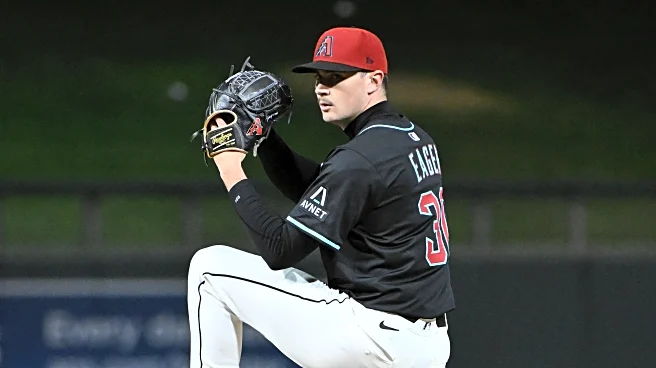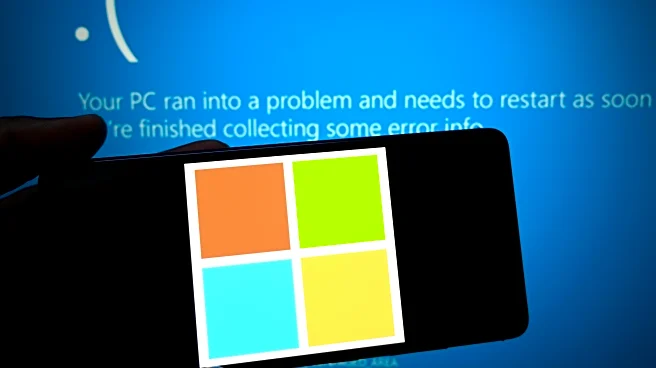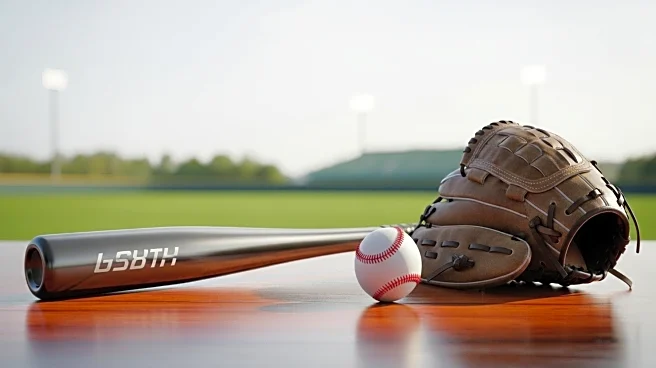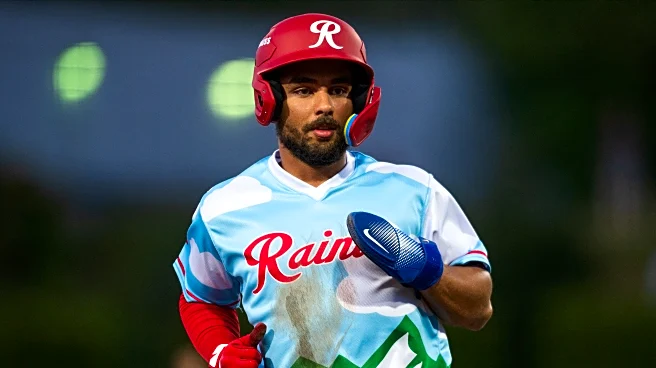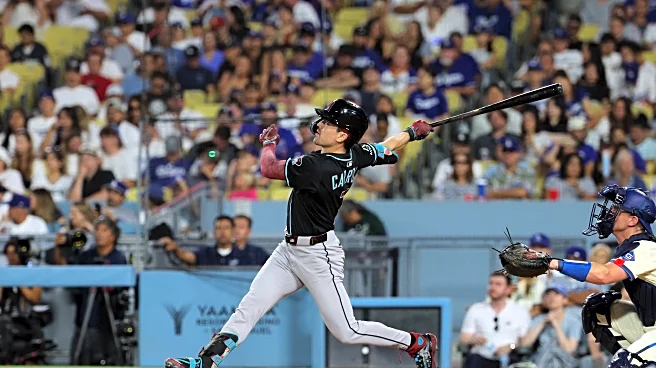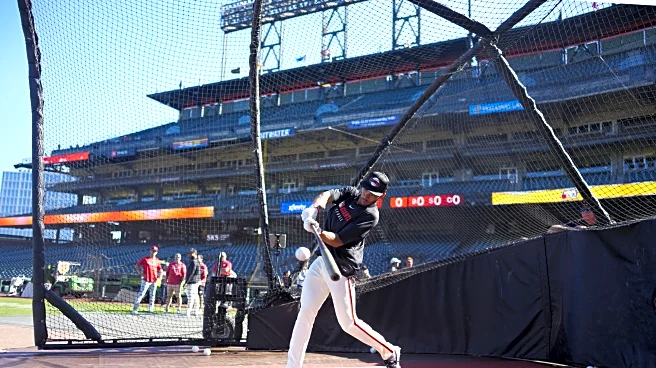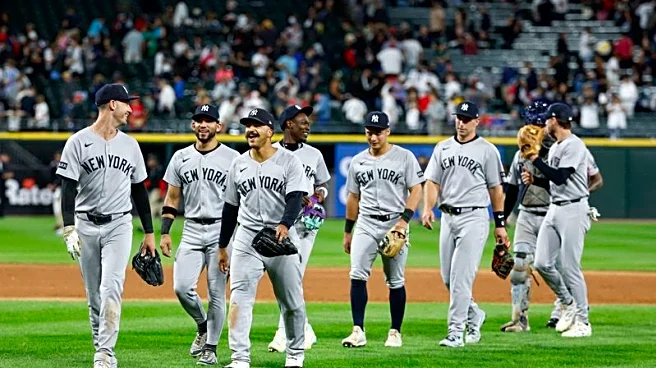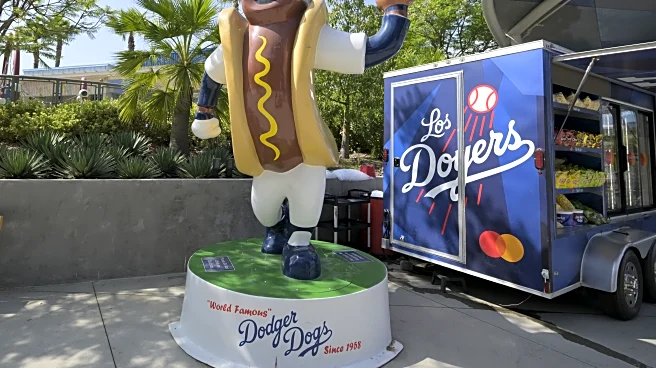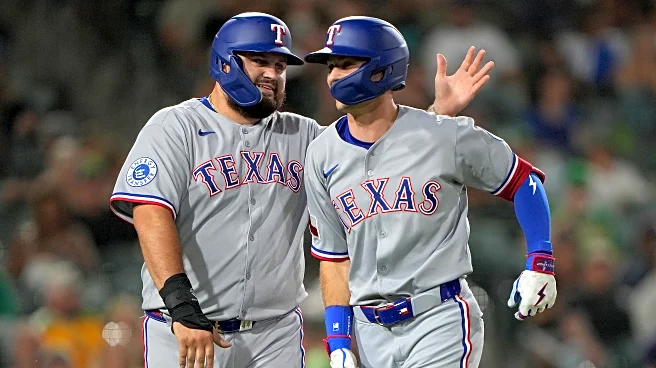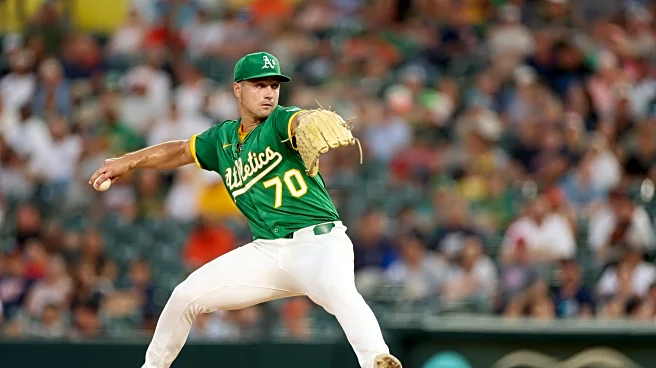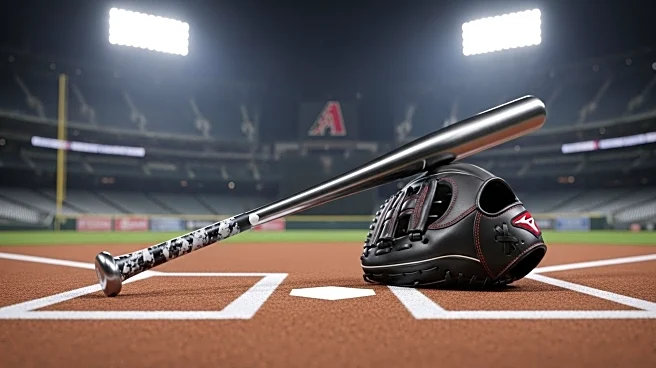
The season is winding down. Two affiliates concluded their home seasons last week. The Sod Poodles are in good position, 6.5 games ahead with 12 to play. The Aces, on the other hand, are in dead last: while they have 18 games remaining, they are 20 games behind Tacoma. But despite the poor results in this second half, Reno has brought some of the better performances of the past week.
The Week That Was
Reno lost their home series against Sacramento, allowing 58 runs in the four losses and just two runs in the two wins.
(They scored 20 in the four losses and 20 in the two wins.) While the Sod Poodles are in first place, they may be trending the wrong direction, as they just lost their first series since mid-June. The Hops wrapped up the tenure of (old) Hillsboro Ballpark with a series loss to Vancouver. The lone victorious side was Visalia, as the Rawhide won in walk-off fashion on both Saturday and Sunday to take the series 4-2.
Overall, that’s a 10-14 week.
I’ll note that the Hillsboro Hops are getting a new stadium, while Visalia’s park was opened in 1946, making it older than all but two major league parks, and Reno’s was opened in 2009. But the former Hillsboro park was built for a short-season A-ball team, and given their location as the only affiliated team in a large metro area, there’s plenty of justification to expand.
Batter of the Week

Kristian Robinson, Reno (.429/.579/.929, 4 XBH, 5 BB, 7 RBI, .477 RC/PA)
This was a tough decision, but not because Robbie didn’t have a great week. He only had 19 plate appearances, however. He went 6-for-14, including finishing a double short of the cycle on Friday. He did have two doubles for the week. But it’s the five walks against only three strikeouts that really sealed this choice. The knock on Robinson throughout his career (but particularly since he returned from suspension) has been that he strikes out far too much. Over the past three weeks, he’s walked as often as he has struck out, and he’s been making better swing decisions for a while. In fact, since being promoted to AAA, he’s swung at pitches outside the zone less often than Alek Thomas or Jake McCarthy (or Corbin Carroll, for that matter, but he’s not going to be pushing for Corbin’s job.) He’s still crushing fastballs but not getting the same exit velocities against breaking pitches, but even though it seems like he’s been in the minors forever, he only has about 300 more plate appearances than Jordan Lawlar has, or that Paul Goldschmidt had before he was called up. There’s a very real possibility that Kristian Robinson is a starting outfielder on opening day in 2027 (if there is an opening day in 2027) and it wouldn’t be a total shock if he makes his debut this month. I said at the start of the year that this was his final chance; after a slowish start, he’s seized it with both hands.
Starting Pitcher of the Week

Mitch Bratt, Amarillo (W, 7 IP, 2 R (1 ER), 4 H, 0 BB, 8 K)
Two of the top four starting performances this week came from pitchers acquired in the Merrill Kelly trade, as David Hagaman had an excellent outing in Hillsboro. Kohl Drake, unfortunately, went on the injured list. Bratt set down nine of the first ten, allowed an unearned run in the fourth, and then allowed just one batter to reach base thereafter, but that was on a solo home run. While the Soddies scored 11 runs, they didn’t score any until the bottom of the fourth and scored five of those 11 after Bratt was out of the game, so he wasn’t pitching with the confidence of tons of run support.
Relief Pitcher of the Week
Kyle Ayers, Visalia (2 G, 4 IP, 0 R, 3 H, 2 BB, 6 K)
This was a tough decision, as it was tempting to go with Darlin Pinales’s dominant performance, but that was his lone appearance of the week. Ayers had two appearances, and they were a lot like one another. He entered both games in the sixth inning with the Rawhide being shut out; in one case, they were losing 1-0 and in the other, 2-0. He struck out three in two innings in both outings. He walked one in both outings. The only real difference in the outings was that the second time, the Rawhide took advantage of his pitching to stage an eventual comeback.
Ayers was a 13th round pick out of TCU last year, and is one of a large crop of potential bullpen arms the Diamondbacks have chosen in later rounds the last few years. Whether or not he will be able to separate himself from the pack remains to be seen, but this was a good start.
Starting Pitching Prospects

When I started this look at the prospects, I was viewing things too simplistically. I’ll be the first to admit that I’m better at evaluating position players than I am pitchers, but even structurally, my system for evaluation works much more smoothly with position players. I have a tendency to get too caught up in the splendor of one brilliant pitch (Ricardo Yan is an example) and focus too much on high-side potential.
With that said, I’m going to try to give a rating of pitchers, but I’d rate my rating pretty poorly.
Also, given how the organization bounces pitchers from starting to relief, I can’t use the same playing time methods to assign positions like I did elsewhere. And for pitchers in the complex and the DSL, I’m only going to evaluate those I’ve been able to watch, which isn’t very many of them.
For pitchers, the tiers might be a little more intuitive.
Tier I: Potential aces
Tier II: Potential reliable mid-rotation starter, possible All Star
Tier III: Potential consistent back-of-the-rotation starter
Tier IV: Spot starter or AAAA arm
Tier I: Daniel Eagen, Dean Livingston
After the 2024 draft, I had Connor Foley with the higher ceiling of the college starters taking in the first five rounds, but Eagen as a decent bet to reach the back of a big league rotation. 2025 saw their careers trend in opposite directions. Eagen went to Hillsboro and established himself as one of the most dominant pitchers in the league, earning a call-up to Amarillo in the process. Foley went to Visalia, struggled mightily with control in five outings, and then landed on the IL. Eagen sometimes struggles with control as well, as exemplified by his April 24th outing when he starting with an immaculate inning and walked four in the next four innings. That kicked off a stretch where he walked 15 in three starts (and also missed a start due to passport-related issues.) But apart from that three start stretch, he’s struck out 124 against 32 walks. Eagen has three above-average pitches (his fastball is truly a plus-pitch, with his curve and slider above-average) and if he can improve his changeup to be an average offering, his ceiling is sky-high. He beat cancer (brain tumor) at four years old. Twenty years later, he might well be standing on a big league mound.
Dean Livingston is almost certain to throw a pitch at 100 MPH, if he hasn’t already. He was throwing 98 at the draft combine, and showed a good slider. As a multi-sport athlete, there probably isn’t the same level of wear-and-tear on his arm as if he had been focused on pitching for several years. The floor for Livingston—if he stays healthy—is a Justin Martinez-type reliever. If that is what he eventually becomes, it’s still a good fourth-round pick, but there is so much potential here. He’s going to fill out and could very well look and pitch like a prototypical ace in a few years.
Tier II: Mitch Bratt, Jose Cabrera, Yordin Chalas, Brian Curley, Luke Dotson, Kohl Drake, Connor Foley, Patrick Forbes, David Hagaman, Chung-Hsiang Huang, Ashton Izzi, Yu-Min Lin, Cristian Mena, Collin Rothermel
That’s too many pitchers to say something about each of them, so here are some highlights.
Curley is a hard-throwing college pitcher who can hit 100 and might well be in the bullpen in the future, but he’ll be given every opportunity to be a starter, and has the arsenal to be a really good one if it works out.
Dotson was a draft-eligible sophomore who pitched at Mississippi State and was in the process of transferring to Texas, but opted to sign for $500,000. That was probably the right decision, as he would have needed a guaranteed rotation spot to have a shot at earning much more than $500,000 in next year’s draft, but he’s a really good left-handed arm. He struck out 13.1 per nine last year, but that figure rose to 13.5 per nine against top-level opposition. He projected as a weekend starter for Mississippi State in 2026, but elected to transfer and eventually sign with the Diamondbacks. He’s got the size, the velocity, decent command for a pitcher who just turned 21, and good feel for a curveball.
Chung-Hsiang Huang was a somewhat under-the-radar signing out of Taiwan last year. He has a fastball that can hit the upper 90s, but is generally in the 92-94 range, but (as with many pitchers from Asia) has a plethora of secondary options. For a 19-year-old, he commands and uses them well. He has thrown three quality starts so far this year, which is an illustration of the command, as the number of pitchers in Rookie or Low-A ball that can be efficient enough to get through six innings is a pretty low. It took him just 62 pitches to go through six innings on August 23rd, and that’s not because of a lack of strikeouts, as he still struck out a batter per inning. There’s no reason to think that he would be overmatched by Hillsboro next year, and if he does well in Hillsboro at 20, he’ll jump up prospect rankings.
Collin Rothermel was the 16th round pick this year, and he has a huge arm but is prone to fits of wildness. He has an above-average fastball and changeup, as well as a slider and cutter. He’s most likely eventually ticketed to the bullpen, but he could also follow the Daniel Eagen route to success.
Tier III: Roman Angelo, Junior Ciprian, Joe Elbis, Mervin Fell, Spencer Giesting, Caden Grice, Jaitoine Kelly, Jack Martinez, Hayden Murphy, Dylan Ray, Erick Reynoso, Naimer Rosario, Jacob Steinmetz, Blake Walston, John West
There are a lot of familiar names here. There are a decent number of potential innings-eaters, led by Angelo, who just made his AAA debut. Some pitchers (such as Grice) have a great pitch, but need to develop more offerings to stick in the rotation. Inconsistency plagues much of this group.
Jaitoine Kelly and John West are the two biggest players in the organization. Spencer Giesting has been mostly successful in converting from a reliever in college to a starting role. Kelly and Rosario are the two players on this list still in rookie ball; both show above-average command of multiple pitches for their age and level, but their stuff limits their upside.
In all, I’d be surprised if more than two names off of this list reach 20 starts at the big league level. Walston and Giesting would be the two favorites to do so.
Tier IV: Billy Corcoran, Lorenzo Encarnacion, Daniel Nunez, Wilkin Paredes, Adonys Perez, Junior Sanchez, Avery Short, Josdanner Suarez
This is a group of starting pitchers that I don’t see enough stuff to project them as future bullpen arms, but they generally have gotten good results. It’s highly unlikely that more than two or three from this list ever throw a pitch in the big leagues, and none would ever be expected to hold down a rotation spot.
Corcoran had bad luck this year, missing what might have been his best chance at making the major leagues. Unfortunately, he got injured at the same time as pretty much everyone else. He started the year in the rotation in Reno and while he struggled, so did everyone else. Three of his fellow rotation-mates (Yilber Diaz, Tommy Henry, and Cristian Mena) saw the big leagues this year. Brandon Bielak was the one who didn’t, and that was likewise due to injury. Casey Kelly, J.P. Feyereisen, and Jeff Brigham are three other members of the Reno staff at the start of the year who made it while Corcoran was injured, and of course Anthony DeSclafani and Nabil Crismatt have started games for the Diamondbacks this year.
Short made one start in AAA, and then missed time due to injury. He’s continued being what he’s always been since coming back in Amarillo: an unspectacular lefty who gets results. But he doesn’t miss enough bats to project to be more than an emergency option in the major leagues.
That holds true for many of the others as well. They just don’t miss enough bats. But some of them are young enough to develop further, while others might move to the bullpen and find another gear.
Up Next
The season concludes for Visalia and Hillsboro. Amarillo goes to Little Rock to face the Travelers with a chance at clinching a postseason berth this week. Reno goes to Tacoma.
